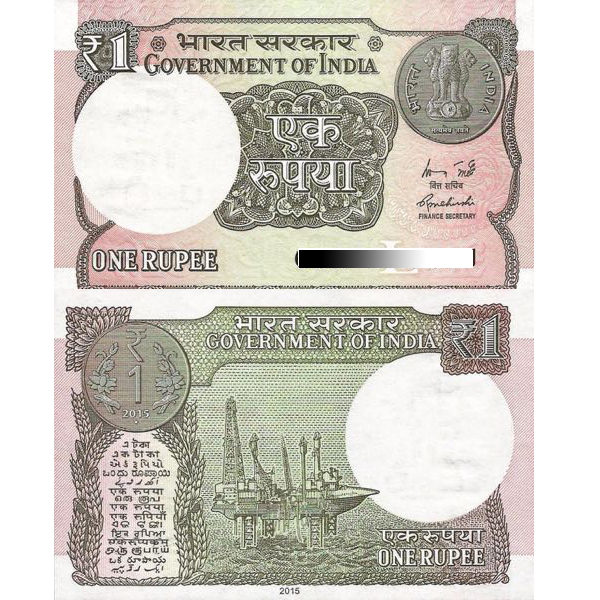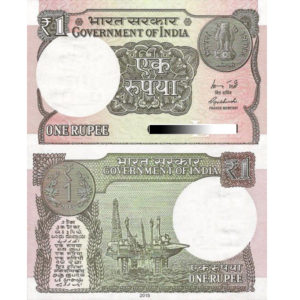Traditionally all the notes in India bears the signature of Governor of Reserve Bank of India except one rupee note. The one rupee note bears the signature of Finance Secretary. Under section 22 of Reserve Bank of India Act, RBI has the sole right to issue all the denominations except one rupee. Government Of India prints the one rupee note.
Understanding why the one rupee note is different, takes us to very basic of how money works. Historically the currency issue has been a matter of Government Authority. The Monarchs or Government use to mint various metals to be used as currency. But with increase in demand of money and to make it easy to carry, various banks started storing the metal coins and started issuing paper cheques, which became paper money over the period of time. To have control over this type of money, countries made central banks, which control all the paper money and issue bank notes. This is the reason why bank notes has “I promise to pay bearer”.
That’s why in case of One Rupee, as it is the basic form of currency, its under Government Of India and signed by Finance Secretary.
Why note?
The basic of currency in most counties is mostly coins, but in India we have one rupee note. Under British Rule, we had Silver One Rupee coins, but during World War II, British needed silver to be used in making weapons, so paper money were sought to be the solution and trend never ended till 1994, when production of one rupee paper notes were halted due to high print cost and to make way for printing big notes. But in 2015, one rupee notes were introduced again and print cost is more than actual face value. Due to this very less notes were printed.
If you have any query or feedback, please email to us at enquiry@richesoftheworld.com.au
If interested in buying your self a bundle of one rupee note, please click below:



